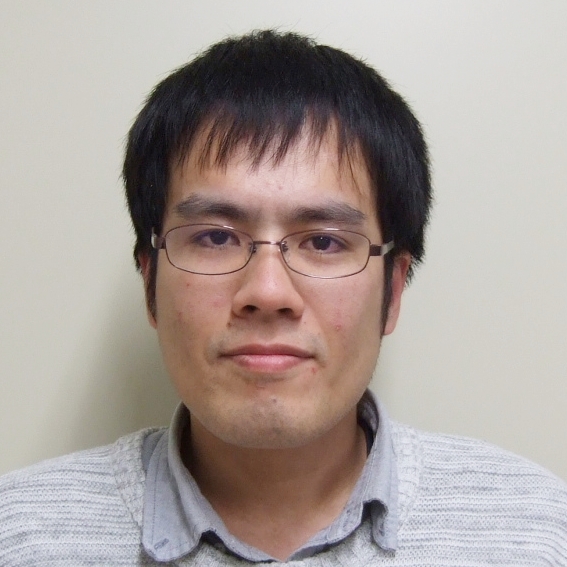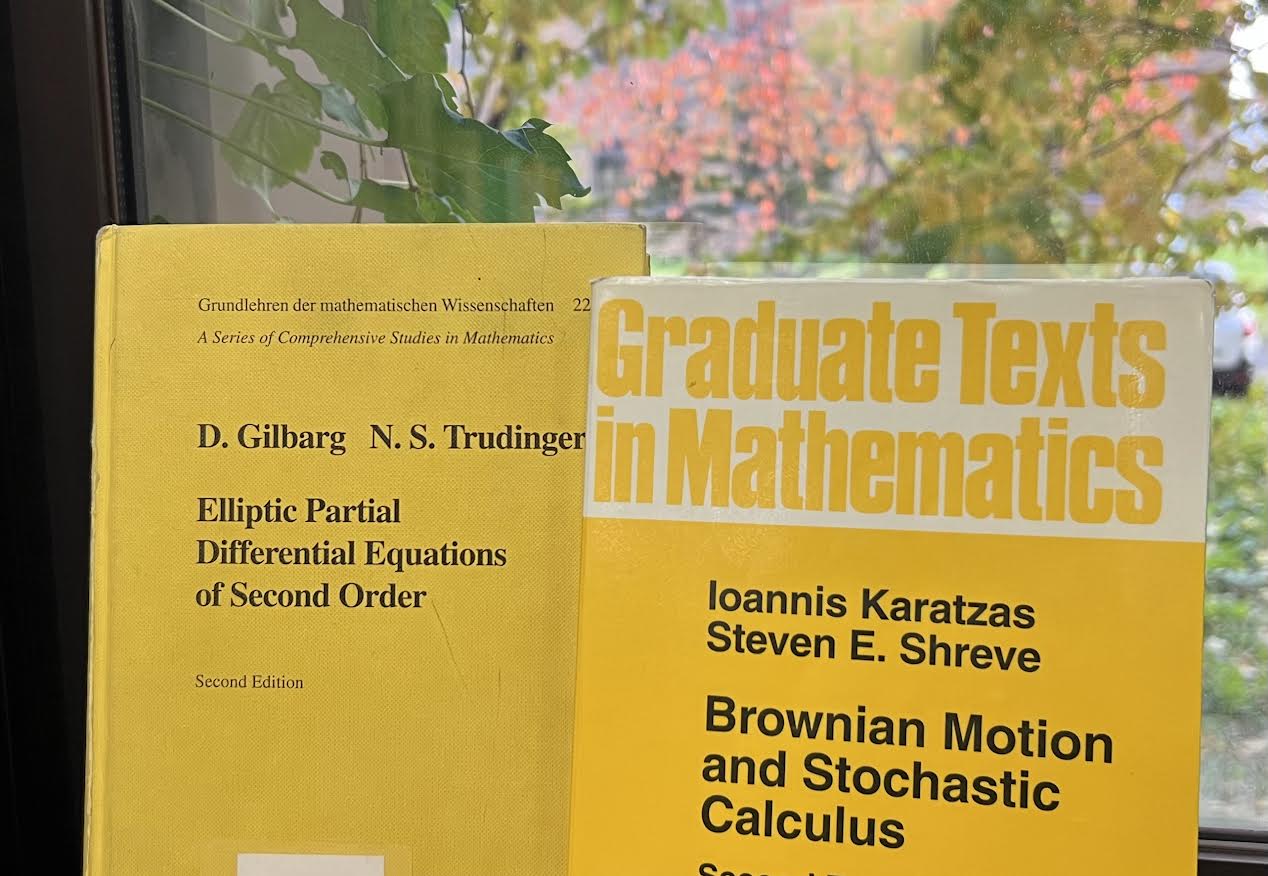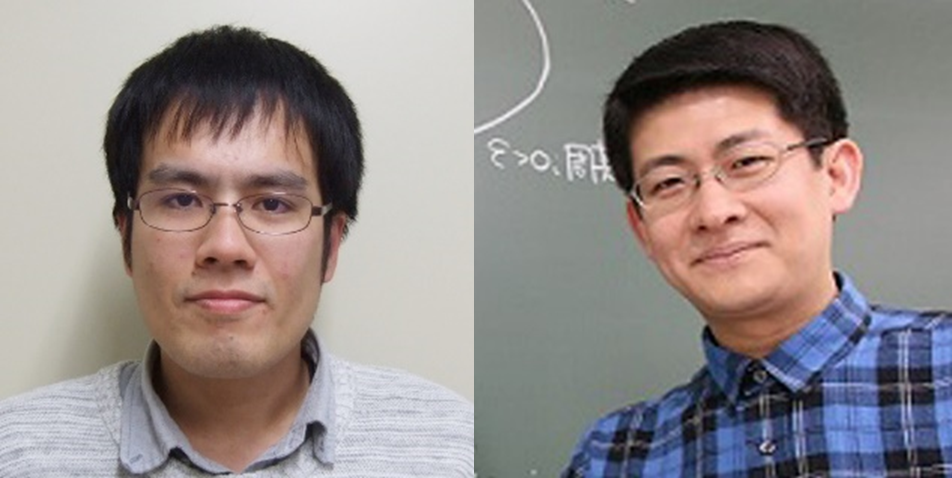HASEBE Takahiro
Associate Professor
Probability theory for non-commuting variables
Department of Mathematics, Mathematics

| Theme | Noncommutative probability theory |
| Field | Pprobability theory, funcitonal analysis, combinatorics |
| Keyword | Free probability, infinitely divisible distributions, Levy processes, cumulants |
Introduction of Research
The meaning of a word changes once the order of the alphabets constituting the word is changed. The theory of non-commutative probability is based on regarding such non-commuting elements as "random variables". How to define "independence" is a central subject to be understood. The applications of this research field include random matrices, quantum information, representation theory of groups and graph theory.



